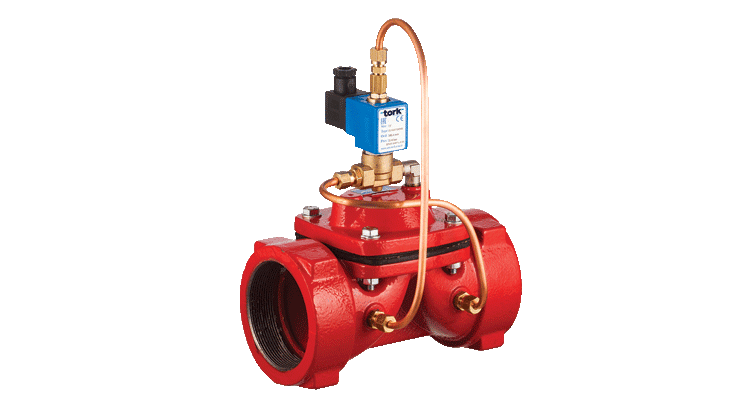Iomcube
Chemical
- Dec 11, 2015
- 187
I cannot understand is it just a pilot operated SOV or a Pressure Regulator. If it is SOV I simply cannot adjust back pressure value, but why there are x2 pressure lines attached to solenoid?

ref:

ref:
